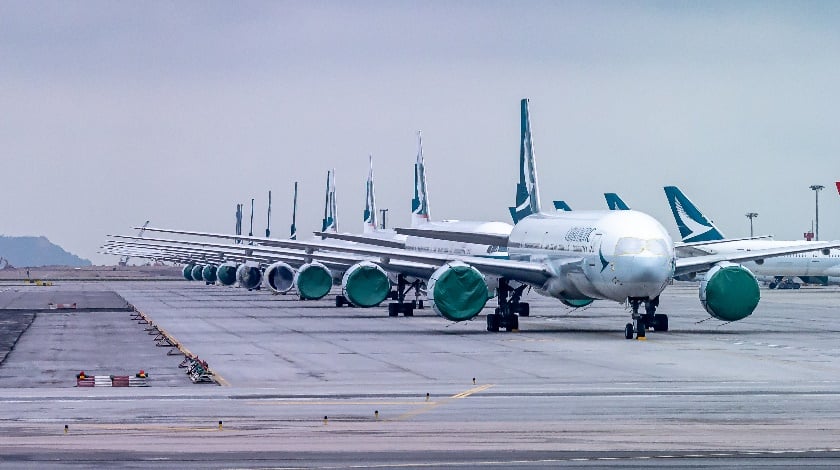Photo: Nirender Lehar / shutterstock.com
Reading Time: < 1 minuteFinancial aid and support to airlines is currently vitally important for the airlines, and the industry, to begin recovering after the pandemic. Airlines have received over $120 billion in financial assistance from governments.
Nevertheless, there are two sides of the same coin. With a financial help also grows the airline industry’s global debt. According to IATA, this debt could rise to $550 billion by year-end (a $120 billion increase over debt levels at the start of 2020).
Also, IATA provided the picture of this debt increase:
- $67 billion of the new debt is composed of government loans ($50 billion), deferred taxes ($5 billion), and loan guarantees ($12 billion).
- $52 billion is from commercial sources including commercial loans ($23 billion), capital market debt ($18 billion), debt from new operating leases ($5 billion), and accessing existing credit facilities ($6 billion).
“Government aid is helping to keep the industry afloat. The next challenge will be preventing airlines from sinking under the burden of debt that the aid is creating,” said Alexandre de Juniac, IATA’s Director General and CEO.
“Over half the relief provided by governments creates new liabilities. Less than 10% will add to airline equity. It changes the financial picture of the industry completely. Paying off the debt owed governments and private lenders will mean that the crisis will last a lot longer than the time it takes for passenger demand to recover,” highligted de Juniac.

